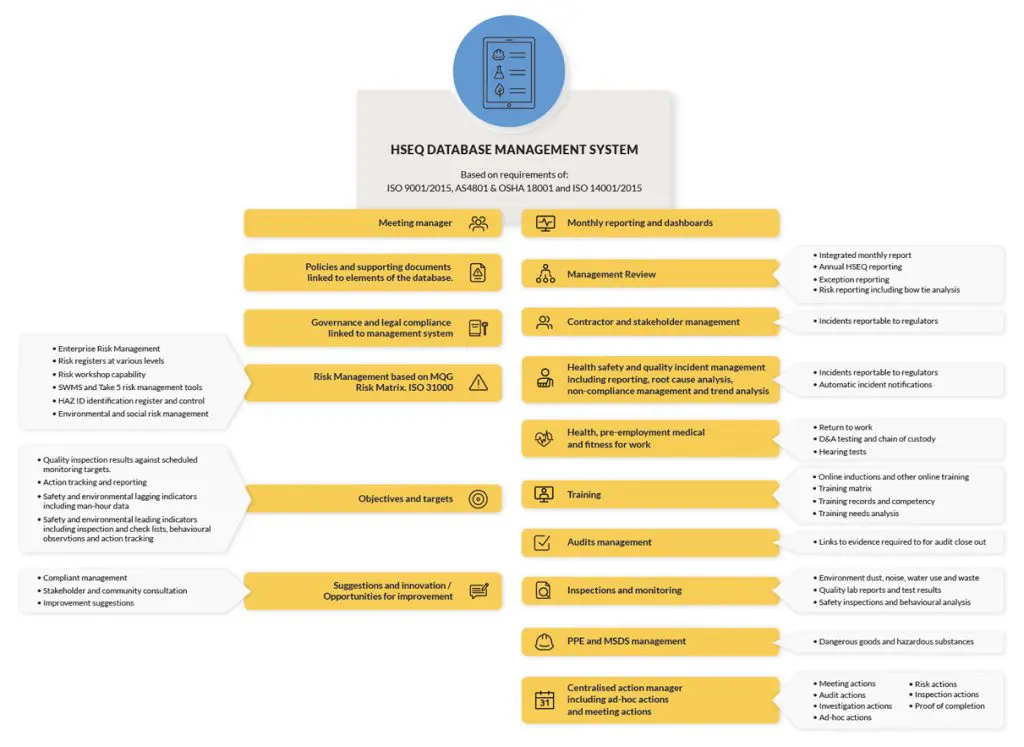For example, a worker may think that if they checked the equipment yesterday and it was fine, then it must be in good condition today. However, there may have been a small defect, such as a slow leak, that wasn’t noticed and could develop into a major fault.
Or, in the absence of warning lights a worker may assume that everything is fine, however there may be hidden faults that a visual inspection would reveal.
Operating a machine without performing a pre-start is like playing Russian roulette. Sooner or later something will go wrong.
So, it’s not enough to simply service an item of equipment on a regular basis
The problems that can arise may happen within a very short period of time. Equipment warning indicators are not perfect. They can only tell if certain aspects of the equipment are not working as they should. Together, warning indicators and pre-start inspections provide a more complete picture of the safety and usability of an item of equipment.
So, to be successful, a safety management system needs to be established to effectively setup and monitor pre-start safety inspections for tasks and equipment. And never assume equipment is safe until you have completed the checklist.


